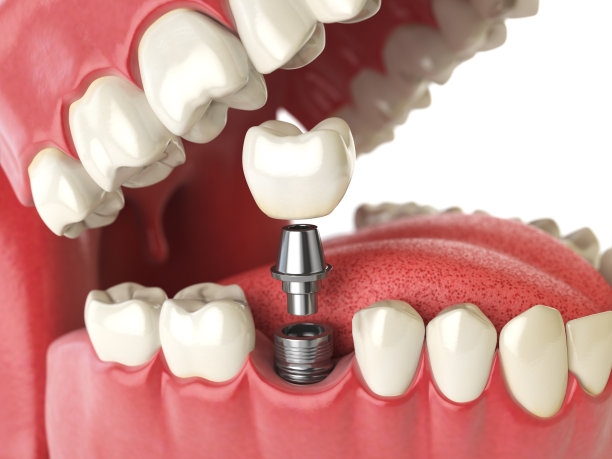Essential Guidelines to Follow Before and After Receiving a Dental Filling for Optimal Oral Health Maintenance
Summary: Receiving a dental filling is a critical procedure for restoring your oral health. However, ensuring optimal outcomes requires adherence to essential guidelines both before and after the treatment. This article outlines four key aspects: proper preparation before the procedure, understanding the dental filling process, necessary post-treatment care, and recognizing potential complications. By following these guidelines, patients can enhance their recovery and maintain their dental well-being. With a focus on preventive care, this comprehensive approach aims to facilitate a smoother dental experience, leading to healthier teeth and gums in the long run.
1. Proper Preparation Before the Procedure

Before undergoing a dental filling, it is vital to prepare adequately to ensure the best outcome. First, patients should communicate openly with their dentist about any medications they are taking, allergies, or existing health conditions. This information helps the dentist adjust the treatment plan to fit individual needs and avoid complications.
Next, its essential to have realistic expectations about the procedure. Understanding what is involved—from local anesthesia to the filling materials used—can alleviate anxiety. If patients worry about pain, they should discuss pain management options with their dentist beforehand.
Additionally, maintaining proper oral hygiene leading up to the appointment is crucial. Brushing and flossing regularly can help reduce bacteria and plaque buildup, ensuring a cleaner environment for the dental filling process.
2. Understanding the Dental Filling Process
During the dental filling procedure, patients should be informed about what to expect. The process typically begins with the administration of local anesthesia to numb the affected area, ensuring that the patient does not feel discomfort throughout the treatment.
Once the area is numb, the dentist will carefully remove the decayed portion of the tooth before cleaning the cavity. A variety of materials, including composite resins, amalgam, and porcelain, may be used for the filling, and discussing the pros and cons of each with the dentist can help patients make an informed decision.
After placing the filling, the dentist will check the bite alignment to ensure that everything feels natural. Patients should feel comfortable seeking clarification on any aspect of the procedure if they have questions or concerns.
3. Necessary Post-Treatment Care
After receiving a dental filling, proper post-treatment care is crucial to ensure successful healing. For the first 24 hours, patients should avoid eating or drinking hot foods and beverages, as the numbness may make it difficult to gauge temperature. Stick to soft foods and fluids that can help minimize irritation to the treated area.
Additionally, maintaining excellent oral hygiene is vital. Brushing gently around the filling and flossing carefully can prevent plaque buildup, which is essential for long-term success. Patients should also avoid hard or sticky foods that could dislodge or damage the filling.
Finally, patients must schedule regular follow-up appointments with their dentist to monitor the filled tooth. This proactive approach can help catch any complications early, ensuring sustained oral health.
4. Recognizing Potential Complications
Despite proactive measures, complications can still arise after receiving a dental filling. Patients may experience lingering sensitivity to temperature or pressure around the filled tooth. This can be a sign that the filling is too high or that the tooth is having difficulty adjusting post-treatment.
In some cases, patients may notice discomfort or pain that intensifies after the filling. This could indicate that the decay extends deeper into the tooth, or that the filling material is incompatible. Patients should not hesitate to contact their dentist if they experience unusual or worsening symptoms.
Lastly, it is essential to remain vigilant for any signs of infection. Symptoms such as swelling, pus, or severe pain may indicate an underlying issue that requires immediate dental consultation. Recognizing these concerns early on is critical for effective treatment and ensuring long-term oral health.
Summary:
In summary, following essential guidelines before and after receiving a dental filling can significantly enhance patient outcomes and support optimal oral health. From thorough preparation and understanding the filling process to diligent post-treatment care and recognizing potential complications, these steps lay the groundwork for a positive dental experience.
This article is compiled by Vickong Dental and the content is for reference only



